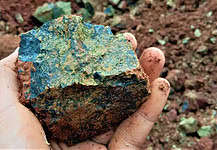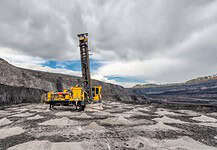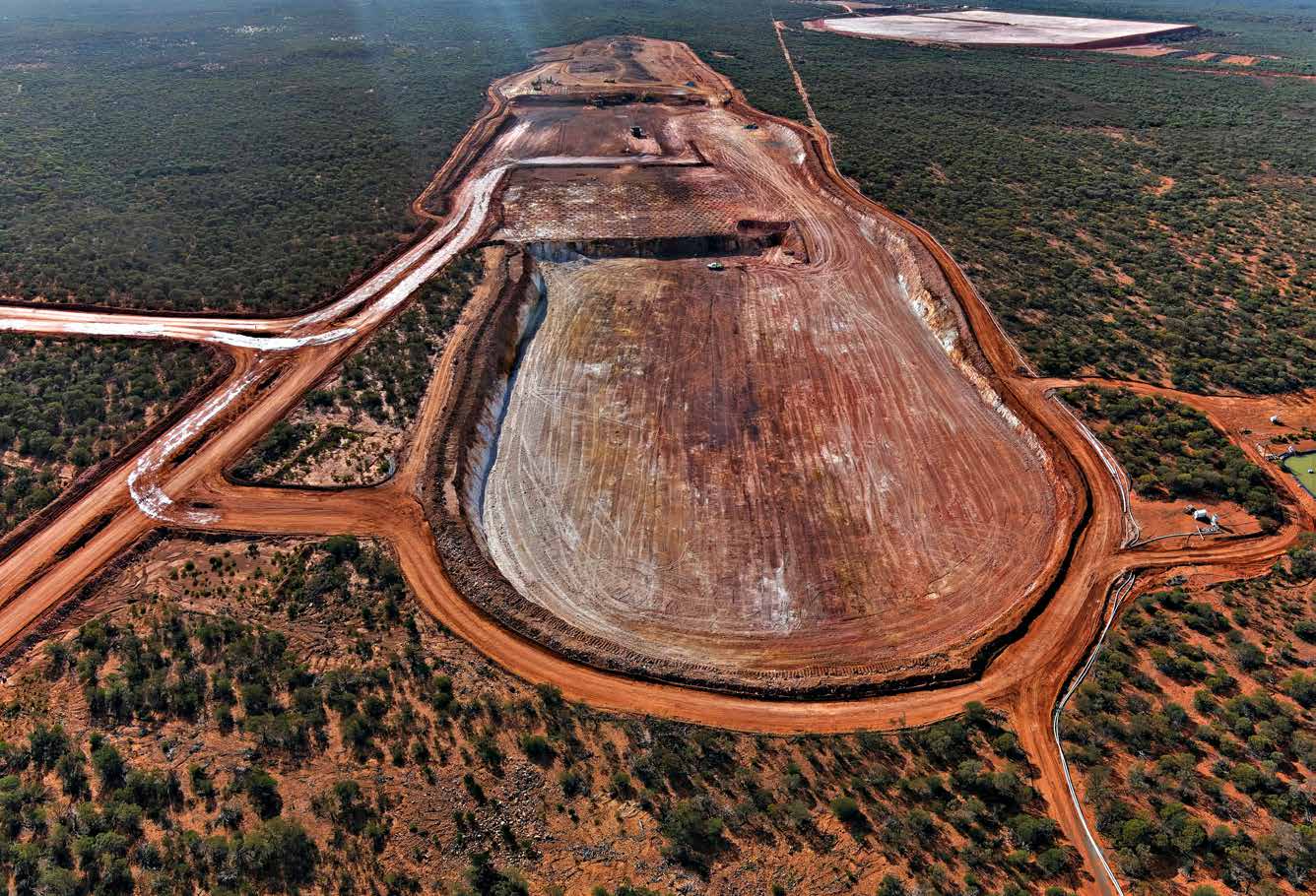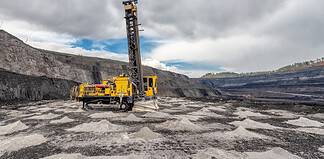Mt Gibson Iron celebrates 40 years of operation at Koolan Island
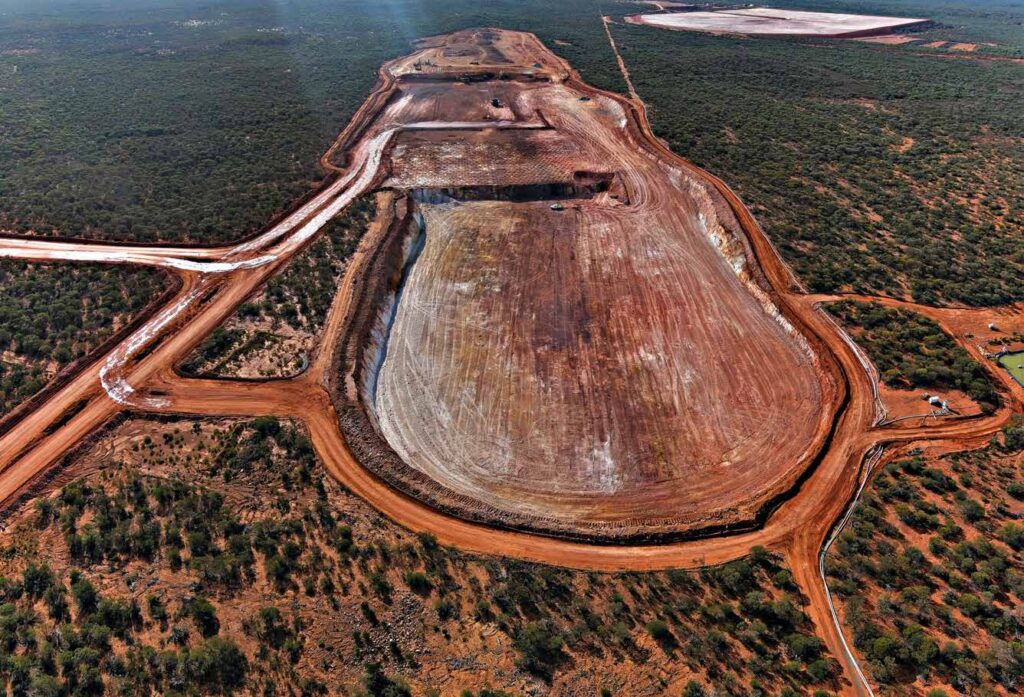
Boasting hematite ore grades of 65%, Mount Gibson Iron’s (ASX:MGX) flagship Koolan Island operation has celebrated four years of operation.
1900km north of Perth, Mount Gibson acquired Koolan Island in 2007 through the takeover of Aztec Resources.
Production from the satellite pits began in 2007 and a seawall was constructed to enable the dewatering of the high-grade Main Pit orebody.
Work began in 2011 and three years later, in excess of 20mt of ore had been produced and sold under Mount Gibson’s ownership.
Seawall reconstruction

Mining was suspended temporarily in October 2014 to monitor and repair an unstable area in the upper part of the southern pit wall.
A month later, high tide caused the wall to slump even further and the Main Pit to flood.
Mount Gibson spent the next two years completing detailed designs, technical evaluation and peer reviews with a feasibility study confirming compelling economics for the Main Pit.
Mount Gibson Iron chief executive Peter Kerr spoke about the construction and redevelopment process of the seawall.
“The seawall rebuild project involved re-establishing the embankment in a section of the natural rock wall that housed an ancient bay,” he said.
“Within the embankment we excavated a 1m wide trench which was filled with a slurry clay and acts as a waterproof barrier, similar with approaches used for waterside civil construction projects such as Elizabeth Quay and Barangaroo.
“The seawall rebuild commenced in 2017 and was completed in late 2018, with mining underway from around that time and the first shipment occurring April 2019.” In April 2019, Mount Gibson restarted sales of its high-grade hematite iron ore with around 72,000wmt of ore sent to China. Since then, shipments have accelerated with Mount Gibson targeting 1mwmt of high-grade iron ore in the June 2023 quarter for a total shipment of 2.9mwmt in FY23.
Restarting operations at Shine

While it was in its first year of operation, Mount Gibson suspended activities at the Shine Project in October 2021 in a bid to reduce spending and preserve the value of the site.
The company credited this to significant adverse movements in iron ore prices, shipping freight rates and product discounting. The site was then placed on care and maintenance pending an improvement in the iron ore market conditions. Mr Kerr said suspension of operations at Shine was the only option given the high transport and shipping costs. “From an operational perspective, Shine was an efficient and productive smallscale operation, however, the substantial discounts that applied at that time to medium grade iron ores such as Shine ore and the substantially higher transport and shipping costs compared with Koolan Island, made suspension the only prudent option,” he said.
“These cost challenges, and the uncertainty over the future extent of discounts on lower grade ores, remain significant considerations to any proposed restart.” Situated 375km northeast of Perth, Mount Gibson acquired Shine in early 2014 but development was postponed amid softening market conditions.
Development began in late 2020 and in October of that year, Mount Gibson declared initial ore reserves of 2.8mt at a grade of 59.4% iron in the stage one pit. Annual production was forecast at around 1.5mwmt over a two-year period. Shine was cleared in February with blasting and mining of overburden beginning in late March 2021.
Partnering with local communities
A co-existence agreement with two Aboriginal Australian people, the Dambimangari (Dambima/Worrorra-Ngardi) traditional owners of the land, has been in place since 2006.
In return for the employment of local Indigenous and business opportunities for the region, Mount Gibson can develop Koolan Island and ship the ore from the island.
This agreement aims to ensure that by the eighth year of operation, 30% of the workforce is filled by Indigenous peoples. Mr Kerr is pleased the relationship is still
going strong. “Mount Gibson’s longstanding and positive relationship with the Dambimangari People is something of which we are extremely proud and work hard at to maintain,” he said.
“Since the original co-existence deed was signed in 2006, the relationship has evolved and grown into a successful partnership of respectful co-operation that has significantly benefitted both parties. “Dambimangari workers make up a significant proportion of the over 20% of our Koolan Island workforce who are First Nations people, and we continue to
work with them to boost those figures further.
“We also work hand in hand with the Dambimangari across a range of other areas,
including managing local flora and fauna such as the northern quoll, responses to the spread of cane toads in the Derby region and in assessing potential future
commercial opportunities for Koolan Island once mining is complete.”
Future exploration opportunities
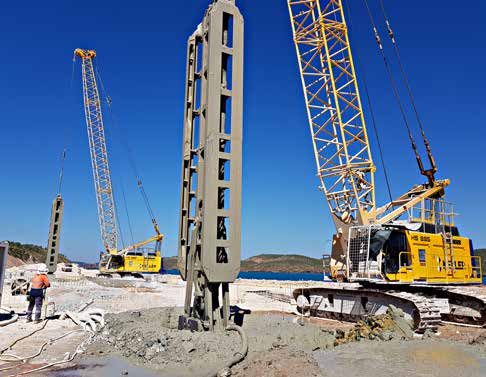
While Koolan Island is Mount Gibson’s main operation, the company is aiming to branch out into other materials. Mr Kerr said the company’s next focus is
on base metals. “As we’ve noted for some time, our longer-
term ambition is to extend the life ofour business beyond the current Koolan
Island life by harnessing cashflow from Koolan Island to invest in new resources development and production opportunities, notably in other commodities such as base metals,” he said.
“We’ve already stepped up our internal exploration activities, focused on base
metal in the general vicinity of our closed Tallering Peak mine in the Midwest, where we’ve been conducting small scale drilling programs at several locations to better understand the regional geology.”



